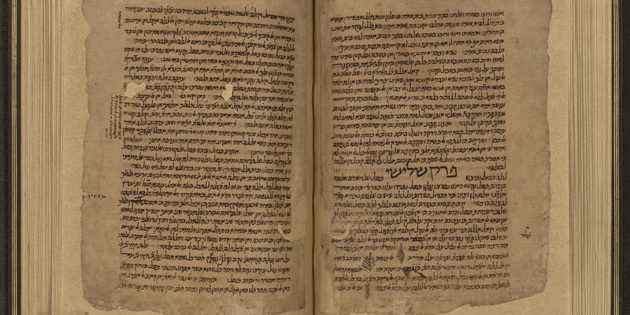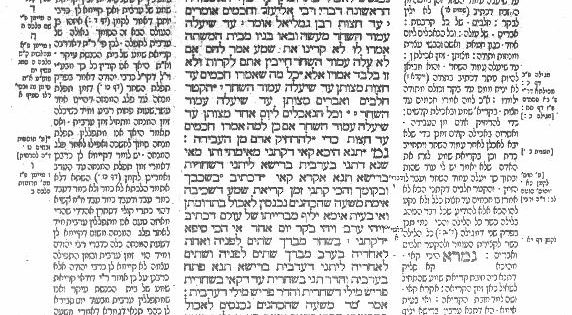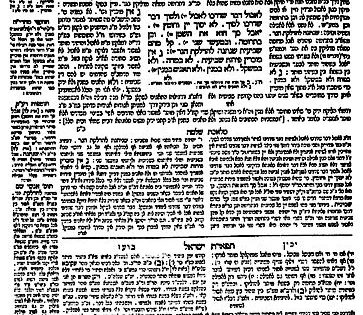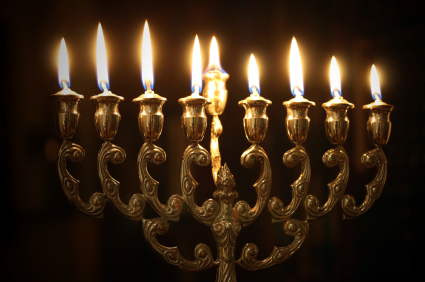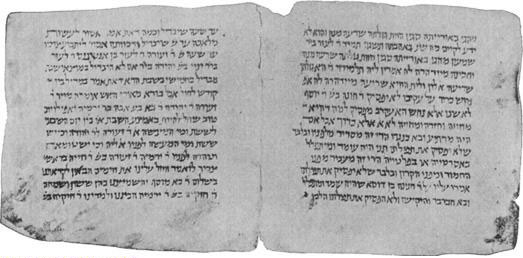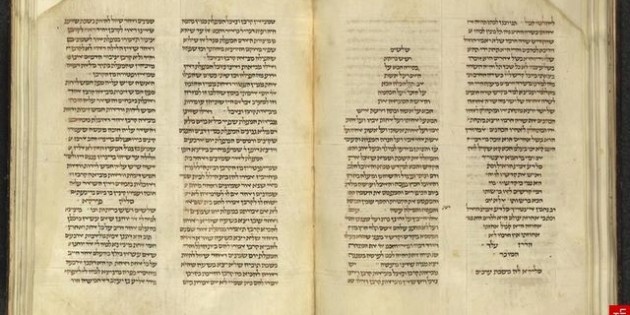Home » Greco-Roman Period » The Talmud
The Talmud
Shaye J.D. Cohen. “Judaism to the Mishnah: 135-220 C.E.” Part II Greco-Roman Period Christianity and Rabbinic Judaism- a Parallel History of their Origins and Early Development. Ed. Hershal Shanks. Washington D.C.- Biblical Archaeology Society, 1993. The organization of the Mishnah The Mishnah is a large work, some 800 to 1,000 pages in English translation. 68 […]
Lawrence H. Schiffman, From Text to Tradition, Ktav Publishing House, Hoboken, NJ, 1991. There were two forms of study in the tannaitic period, respectively termed mishnah and midrash. There is a long-standing and important debate about which method of study came first. Mishnah is the study of abstract, apodictic principles of law (apodictic laws are […]
Lawrence H. Schiffman, From Text to Tradition, Ktav Publishing House, Hoboken, NJ, 1991. Scholars have long debated the exact nature and history of the process that led to the redaction, arrangement, and selection of the Mishnah, the first major document to emerge from and to represent the tannaitic tradition. The Mishnah was the only major […]
The holiday of Hanukah, celebrating the Jewish victory over the Seleucids and the rededication of the Temple in 164 B.C.E., was observed by the lighting of lamps, symbolizing the relighting of the Temple menorah. The Babylonian Talmud explained the significance of the festival and detailed its observance. Our Rabbis taught- “The commandment of Hanukkah is […]
This passage sets forth a particular order for the Passover eve celebration. It discusses the rule that one may not eat on the days preceding Sabbaths and festivals from the time of the afternoon sacrifice until the evening, and mandates that reclining at the Seder not be limited to the rich or intellectuals, who in […]
In this aggadic passage, the Jerusalem Talmud stresses the importance of the return of lost objects to their owner. Not only is it the honest thing to do, but it brings honor upon God and His people. Rabbi Hanina related this story- “Some old Rabbis bought a pile of wheat from some soldiers 30 and found […]
The Jerusalem Talmud relies heavily on tannaitic traditions (baraitot) and often appears to be a compilation of such traditions with brief amoraic conclusions or explanations. In the excerpt which follows, this is the case as the Gemara emphasizes the need to avoid distraction during prayers and Grace after Meals. A tanna taught, “One may not […]
Excerpted from Lawrence H. Schiffman, From Text to Tradition, Ktav Publishing House, Hoboken, NJ, 1991. While it is certainly true that the great collections of so-called halakhic or tannaitic Midrashim were redacted mainly in the amoraic period, the content of these texts reflects the traditions and ideas of the tannaitic period. In amoraic times, a different type […]
Excerpted from Lawrence H. Schiffman, From Text to Tradition, Ktav Publishing House, Hoboken, NJ, 1991. The Babylonian Talmud was produced by circles of Babylonian amoraim who were led in each generation by masters whose schools constituted the center of amoraic activity. Although there was some tannaitic activity there, Babylonia did not become a center of talmudic study until […]
Lawrence H. Schiffman, From Text to Tradition, Ktav Publishing House, Hoboken, NJ, 1991. Although it is popularly known as the Jerusalem Talmud (Talmud Yerushalmi), a more accurate name for this text is either “Palestinian Talmud” or “Talmud of the Land of Israel.” Indeed, for most of the amoraic age, under both Rome and Byzantium, Jews […]

